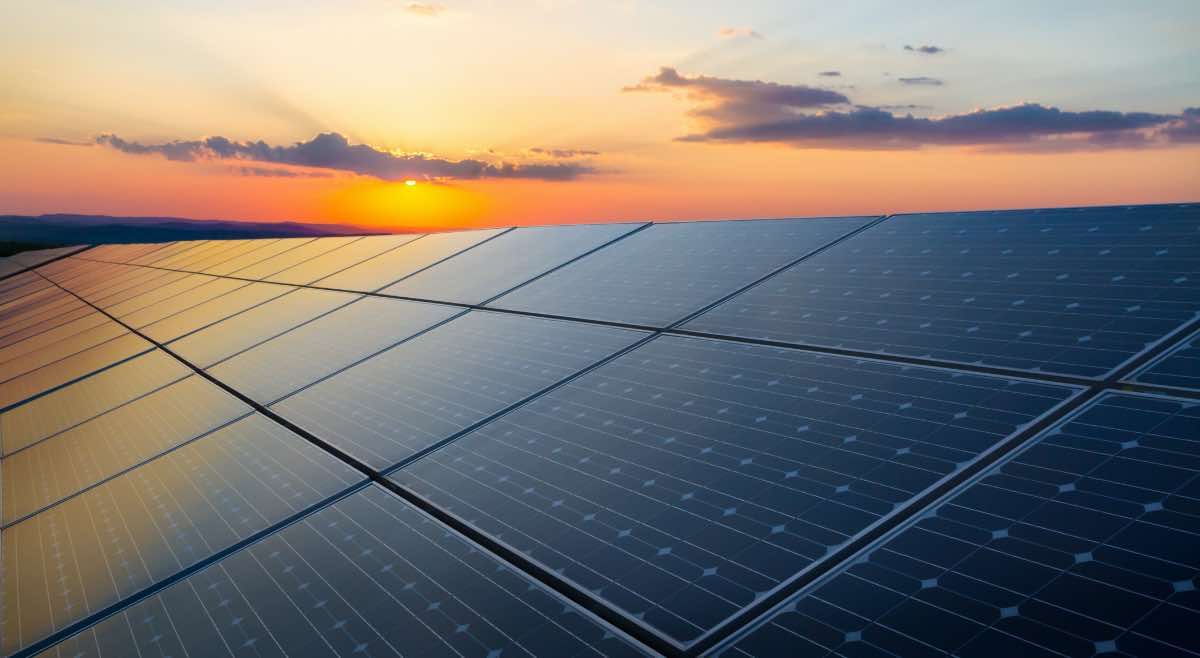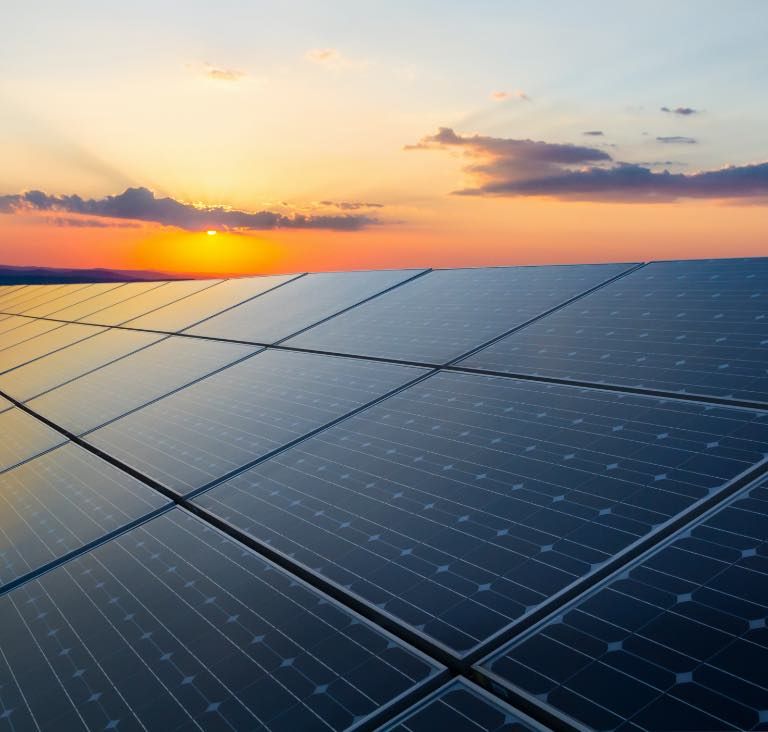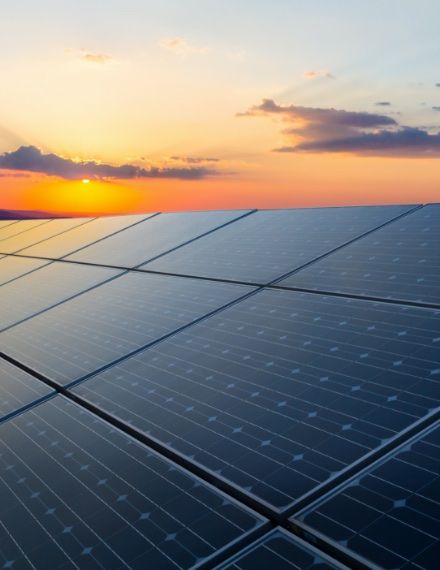On-Grid Solar: Changing the Face of Solar Energy in India
Renewable sources of energy is no longer a buzzword. It has become an indispensable requisite for the very survival of humankind. Even a couple of decades ago, renewable energy sources were viewed as 'alternative' or 'non-standard' sources. However, as awareness about the ill-effects of overusing fossil fuels rises all over the world, renewable energy is becoming more and more mainstream.
India shines as a prime example of leveraging renewable sources of energy, most importantly, solar energy. Owing to its geographical location, India receives powerful sunlight for as many as 300 days a year. This makes the potential solar energy incidence on India's land area about 5000 trillion kilowatt-hours (kWh) per year. Some of this potential has been applied to replace the diesel irrigation pumps with solar ones in regions that do not come under an electricity grid. While off-grid solar power is popular across many rural areas in the country, on-grid solar systems are less popular.
However, it is these on-grid systems that hold the key to unlocking India’s path to achieving the target of 100 GW power generation by 2022. On-grid solar power systems are tied to the local electricity grid and are most suitable for industrial and residential buildings. The solar power panels are usually installed on the rooftops of these buildings, utilising these rarely used spaces. The benefits of opting for an on-grid system are many.
In on-grid solar power systems, the local electricity acts as the battery space. This means that the energy requirement of the building is covered in case the solar panel underproduces. Thus, the consumer saves money by paying for only the excess energy. In the case of surplus power production, it is returned to the grid for more equitable redistribution. This in turn reduces the need for fossil fuels to generate energy. The Indian government is also supporting the initiative of clean energy and is encouraging common people to adopt sustainable measures. The Indian state and central governments offer several subsidies for individuals who install solar systems at home for green power production.
On-grid solar mounting structures are made from lightweight yet sturdy materials, such as galvanised steel or galvalume. In addition, they come prefabricated, which is why they can be easily installed without requiring heavy equipment. Finally, they are extremely low-maintenance, lasting for years without pronounced damage.
It must be noted here that steel has a great role to play in the solar power industry. The advantages of on-grid solar systems mentioned above are intrinsically linked with the various 'green' properties of steel. JSW Steel manufactures JSW Galvos, premier Galvalume coils & sheets, which is the primary material for fabricating solar panel mounting structures. The high quality of the steel contributes to the longevity of the structures. JSW Steel is committed to enabling India’s transformation into a producer of cleaner and greener energy.



